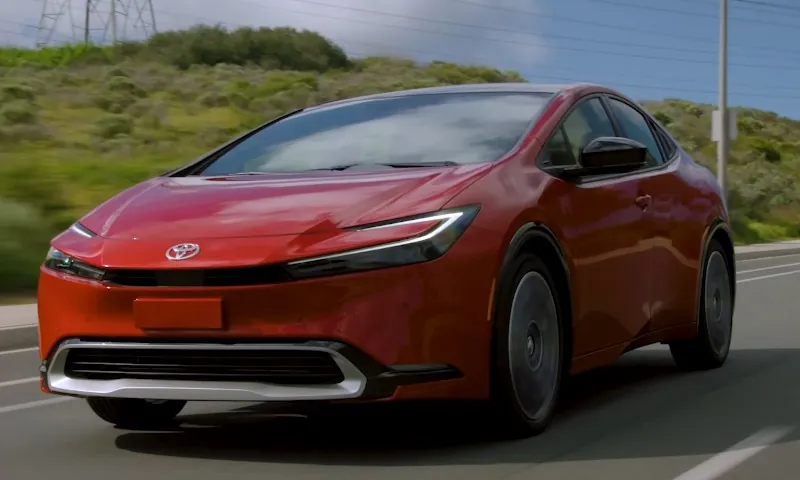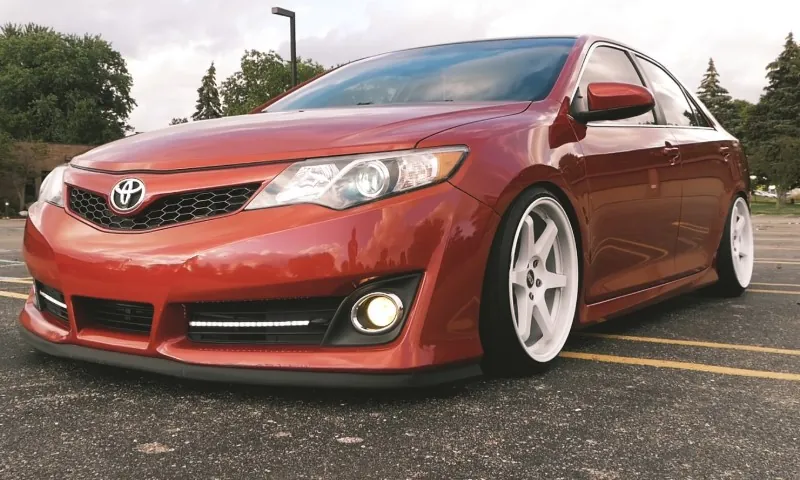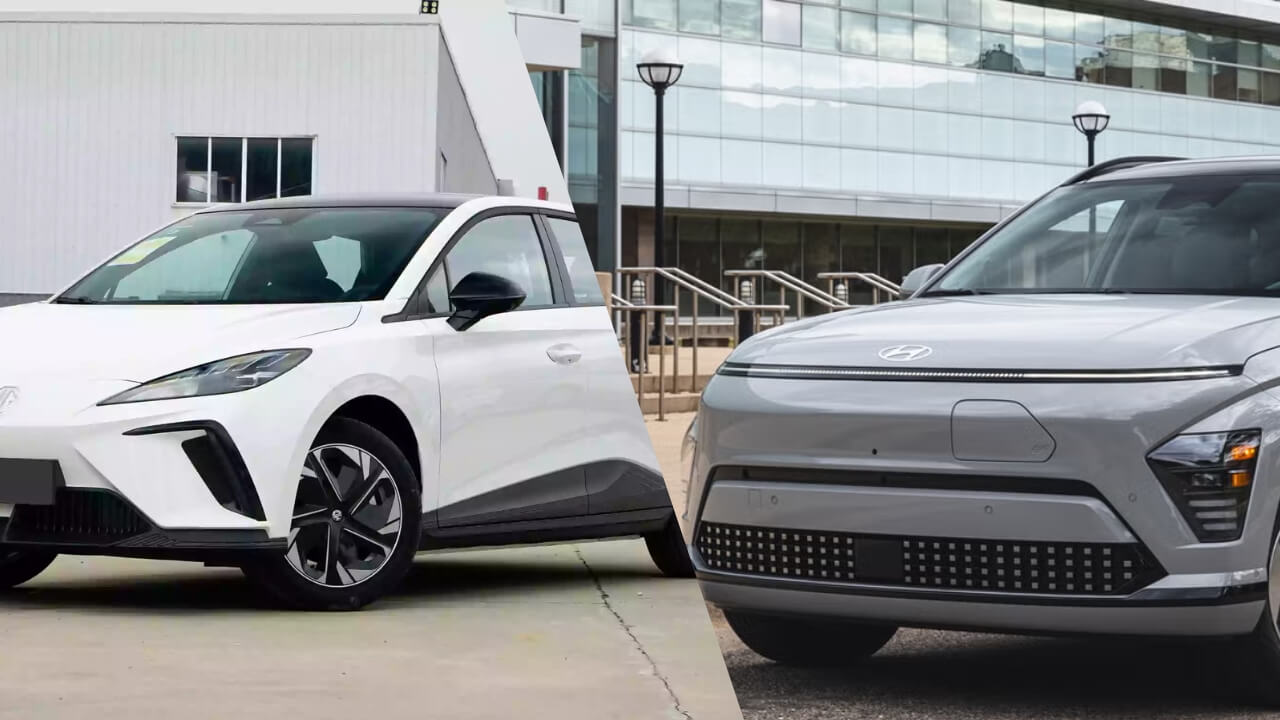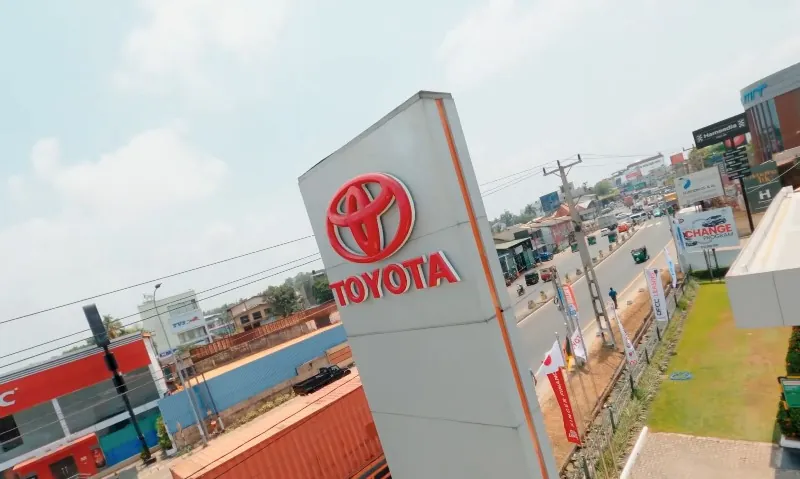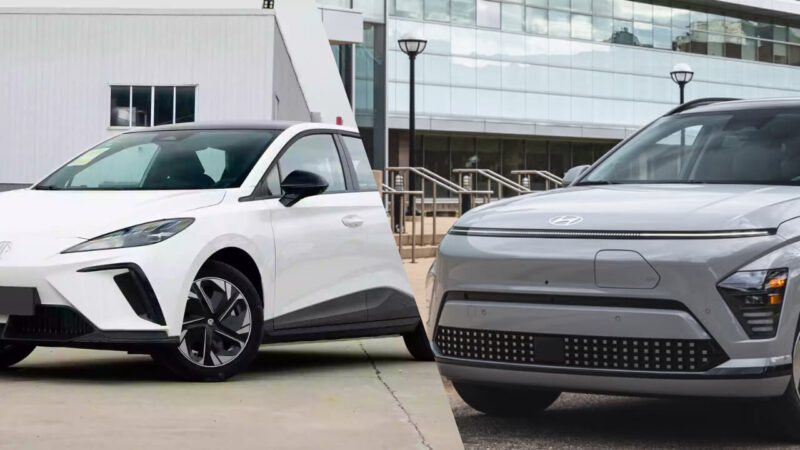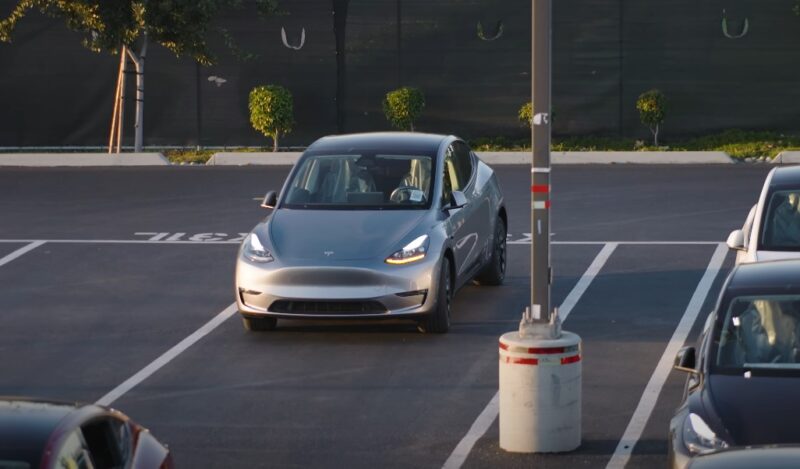
Share Post:
Self-driving cars have captivated imaginations for years, painting a picture of a future where vehicles take control, freeing us from the stresses of daily commuting.
The promise of cars that drive themselves has sparked bold claims from tech giants like Tesla, Waymo, and Cruise. Despite the huge investments and over a decade of research, full autonomy remains an elusive goal.
In a world where semi-autonomous features are becoming commonplace, many wonder if the dream of a car that requires no human intervention will ever be a reality.
Let’s see how close we actually are to full autonomy.
Table of Contents
ToggleSo, What’s All This Talk About Autonomy Levels?
Let’s clear up how self-driving tech is actually categorized — because not all “autonomous” vehicles are created equal.
The auto industry uses a scale developed by the Society of Automotive Engineers (SAE) to sort the tech into six levels.
Think of it as a ladder — from zero help at all, to cars that don’t even need you in the front seat. Here’s a quick breakdown:
- Level 0: You’re doing everything — steering, braking, accelerating — the whole shebang. No automation.
- Level 1: A little assist here and there. Think lane-keeping or adaptive cruise control — helpful, but you’re still in charge.
- Level 2: Now we’re getting somewhere. The car can manage both speed and steering, but your hands and eyes still need to stay in the game.
- Level 3: The car can handle itself in specific situations, like highway cruising — but you need to be ready to jump in if it gets confused.
- Level 4: Hands-off and eyes-off — in certain areas or conditions. The car can handle the trip without you, but only within a set environment (like a city zone mapped in detail).
- Level 5: The ultimate goal. No steering wheel, no pedals — just get in, punch in a destination, and enjoy the ride. Anywhere, anytime, no driver required.
According to Forvia, Right now, most cars on the road offering automation land somewhere between Levels 2 and 3.
Level 4 is inching closer — being tested in controlled spaces and specific urban routes — but it’s not something you’ll find at your local dealership just yet.
As for Level 5? That’s still living in the “not quite there” category. Ambitious, yes — but we’re not hitting snooze and letting the car do the morning commute solo just yet.
Who’s Leading the Pack

Some industry leaders stood out regarding the progress in terms of vehicle autonomy:
Waymo & Cruise Offer Progress at a Cautious Pace
Waymo, backed by Alphabet, has long been at the forefront of the autonomous vehicle conversation. You’ll find its self-driving taxis cruising around parts of Phoenix, racking up miles in carefully mapped-out zones under ideal conditions.
Cruise, General Motors’ ambitious bet on autonomy, is following a similar route, testing in select city areas like San Francisco.
Both have made real strides—but also hit their fair share of speed bumps. There’s no denying the ambition, but reality still has a say:
Geofenced Operations
Most of their vehicles are confined to very specific areas and scenarios. Think sunny weather, low-speed streets, and well-behaved traffic patterns.
Safety Wake-Up Calls
Recent incidents have drawn attention from regulators, prompting some hard resets in how services are deployed.
According to AP News, on October 2, 2023, a Cruise autonomous vehicle (AV) was involved in a serious incident in San Francisco, where it struck and dragged a pedestrian.
Following this event, the California Department of Motor Vehicles (DMV) suspended Cruise’s permit to operate driverless cars, citing safety concerns and the company’s failure to fully disclose details of the crash.
This suspension led Cruise to recall its entire fleet of 950 autonomous vehicles to update their software.
Tech Gaps
Despite racking up impressive mileage, those vehicles still rely on human oversight when the unexpected hits—construction zones, erratic drivers, or just a squirrel darting across the road.
Tesla – Bold Promises, Mixed Results
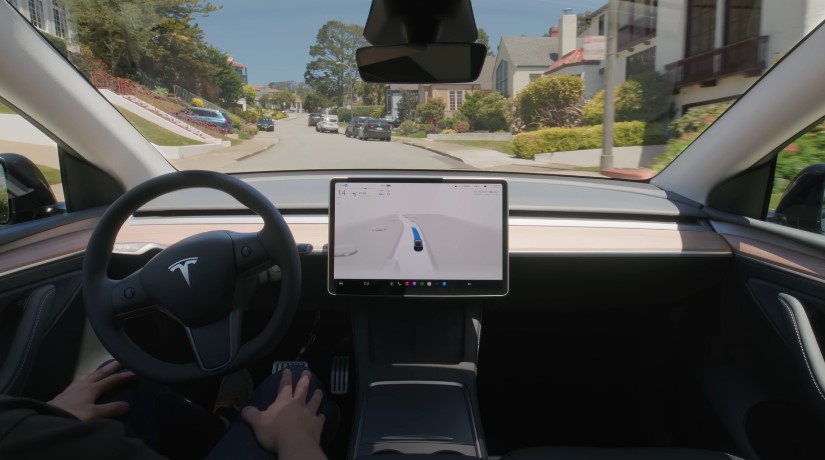
Tesla’s approach is nothing if not headline-worthy. Its Full Self-Driving (FSD) system talks a big game—urban navigation, traffic signal recognition, unprotected turns—but in day-to-day use, the tech still sits squarely in Level 2 territory.
The driver’s hands may be off the wheel now and then, but attention can’t wander far. What’s important to keep in mind:
- Marketing vs. Mechanics: The name “Full Self-Driving” sounds futuristic, but it paints a picture that the tech hasn’t quite caught up to yet.
- Data Advantage: Tesla does have a massive edge in real-world driving data, gathered from thousands of cars already on the road. But with a system that leans heavily on cameras rather than detailed maps, progress can feel like it’s inching forward.
- Safety Concerns in the Spotlight: Multiple high-profile incidents have triggered investigations and scrutiny, putting a spotlight on how ready—or not—the system truly is for solo driving.
Tesla’s pushing boundaries in many ways for EVs, no doubt. Charging options, new models, you name it. But in the race toward full autonomy, it’s a case of ambition running slightly ahead of capability.
Roadblocks to Full Autonomy
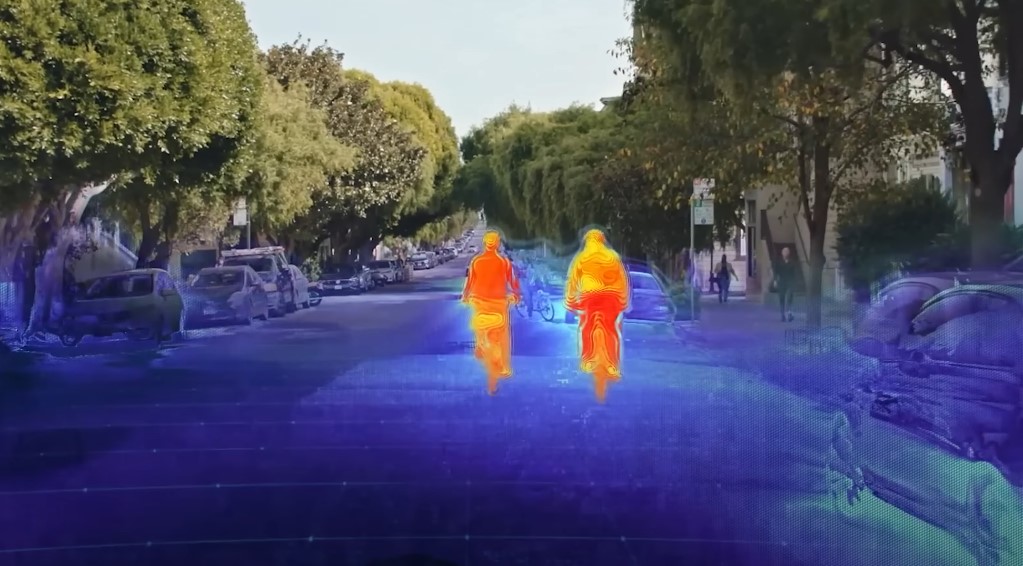
One of the biggest speed bumps in the push toward fully autonomous driving? The unpredictable stuff. Human drivers instinctively react to the unexpected—a child darting out from behind a van, an impatient driver weaving through traffic, or a sudden road hazard.
Machines, on the other hand, need pre-coded logic for every possible scenario. And let’s be honest—life on the road rarely sticks to a script. Teaching an autonomous system how to respond to every curveball the real world throws is no small feat.
The edge that people have—intuition, gut reactions, split-second judgment—is incredibly hard to replicate in code.
The Sensor & AI Puzzle
Autonomous cars are packed with tech—radar, lidar, cameras, and other high-powered sensors all working together to map the world around them. That coordination process (called sensor fusion) is where things get tricky.
You’re combining different types of data, in real time, with zero margin for error. Even the smartest AI models today are excellent at spotting objects—like a parked car or a cyclist—but still struggle with interpreting why something’s happening or what might happen next.
That’s where the gap still exists. A few sticking points:
- Too Much Data, Not Enough Clarity: Multiple sensor inputs require lightning-fast analysis and precise decision-making.
- Context is King: Spotting a pedestrian is one thing. Figuring out if they’re about to cross the street is a whole different level.
- Ethical Decision-Making: What’s the right move in a morally gray situation? Machines don’t have gut feelings or conscience—they just have code.
Nature, Infrastructure, and the Unpredictable Outdoors
Even the most advanced tech can get thrown off by something as ordinary as a snowstorm. Rain, fog, or ice can blur sensors and throw off accuracy.
Add to that roads with worn-out lane markings or outdated signs, and you’ve got a real challenge on your hands. The tech may be futuristic, but it still relies on the world around it playing nice. Key factors at play:
- Weather Woes: Poor visibility can seriously impact how well sensors do their job.
- Road Conditions: Faded lines, missing signs, uneven surfaces—small issues for humans, big hurdles for autonomous systems.
- Smarter Roads, Smarter Cars: Infrastructure upgrades may turn out to be just as important as software updates when it comes to making autonomy work at scale.
Laws, Ethics, and Real-World Impact
As self-driving cars edge closer to reality, one of the biggest speed bumps isn’t technical—it’s legal. When something goes wrong on the road, the big question is: who’s responsible?
Is it the person in the car, the company that built it, or the folks behind the software? Right now, there’s no clear answer. Our legal systems were built for drivers, not algorithms, and that mismatch is creating a lot of uncertainty for automakers, insurers, and policymakers.
Data
Autonomous cars don’t just drive—they collect. Location, speed, behavior, even patterns in your daily commute—it’s all part of the data puzzle.
And while this kind of intel helps refine technology, it also raises some very real privacy concerns. There’s also the growing threat of cyberattacks.
If a hacker gets access, it’s not just about stealing information—it could literally put lives at risk. So, building digital fortresses around these vehicles isn’t optional; it’s essential.
What’s on the Radar
- Responsibility Gaps: Accidents will still happen. The challenge is figuring out who takes the heat—and how to protect everyday people from getting caught in legal limbo.
- Data Security: The smarter the car, the more it knows. But keeping that information safe is non-negotiable if we want people to feel confident stepping into a driverless ride.
- City Life, Rewritten: Self-driving cars could either ease urban chaos or create more of it, depending on how cities adapt. Everything from zoning to parking might need a rethink.
Smart Tech, Smarter Cities?
The impact goes way beyond the vehicle itself. As autonomous cars become more common, they’ll change how cities operate—and who gets left behind if the transition isn’t managed carefully.
If access is limited to the wealthiest, we risk creating a mobility divide. On the flip side, done right, this tech could improve quality of life across the board.
- Fair Access Matters: Innovation should benefit everyone, not just early adopters with deep pockets.
- The Traffic Question: Some experts say driverless cars will reduce congestion; others say they’ll clog roads even more. The jury’s still out.
- Reimagining Transit: If more people switch to self-driving pods, public transport systems may need a serious upgrade—or a total overhaul.
So… When Are We Actually Getting Full Autonomy?
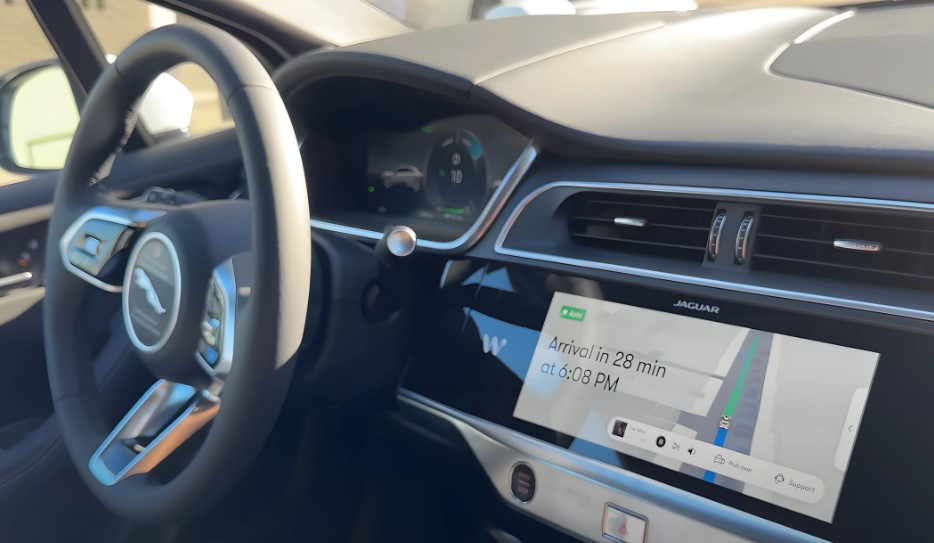
It’s the million-dollar question—and no, the answer isn’t “any day now,” despite what flashy headlines or tech execs might have said over the years.
The truth? We’re still a solid decade (or more) away from fully self-driving cars being something you can just hop into on a random Tuesday morning.
Big names have made bold promises, only to backpedal when reality didn’t quite keep up with the hype. Instead, momentum in the industry has shifted toward more controlled environments—think autonomous freight, robo-taxis in specific zones, and delivery bots scooting around city sidewalks.
Why? Because those setups are way more compatible with what the tech can handle right now. Full autonomy for personal vehicles, the kind where you can snooze behind the wheel without a care, is still more of a long-haul destination than a near-term pit stop.
Commercial First, Consumer Later
Companies are putting their chips on autonomous trucking and delivery solutions—areas where the conditions are more predictable, the stakes are clearer, and the return on investment is easier to measure.
Step-by-Step Progress
Instead of overnight revolutions, it’s more of a slow burn. Software systems are getting sharper, hardware is getting smarter, and the boundaries of what’s possible are inching forward.
Adjusting the Timeline
The market is slowly getting the memo: full self-driving isn’t about to drop tomorrow. But every advancement—no matter how incremental—brings us closer.
Related Posts:


